When thinking about the sinking of the Titanic, the majority of people assume that the iceberg was the only cause of the sinking. In reality, there were numerous other issues that lead to the sinking of the Titanic, including some problems that were present before the ship even set sail.
There were many decisions that could have been made that would have altered the outcome of the Titanic hitting the iceberg.
It is possible that even if one of the issues mentioned in this post had been avoided, the death toll of the Titanic may not have been as high or she may not have sunk at all.
Why Did The Titanic Sink?
The Titanic hit an iceberg on April 14, 1912, which caused considerable damage, this damage caused the ship to flood and eventually sink. Overconfidence, speed, damaged bulkheads, poor quality rivets, and delays spotting the iceberg also contributed to the sinking.
It’s generally accepted that there was more than one person to blame for the sinking of the Titanic. There were many people who made mistakes or were reckless in their actions.
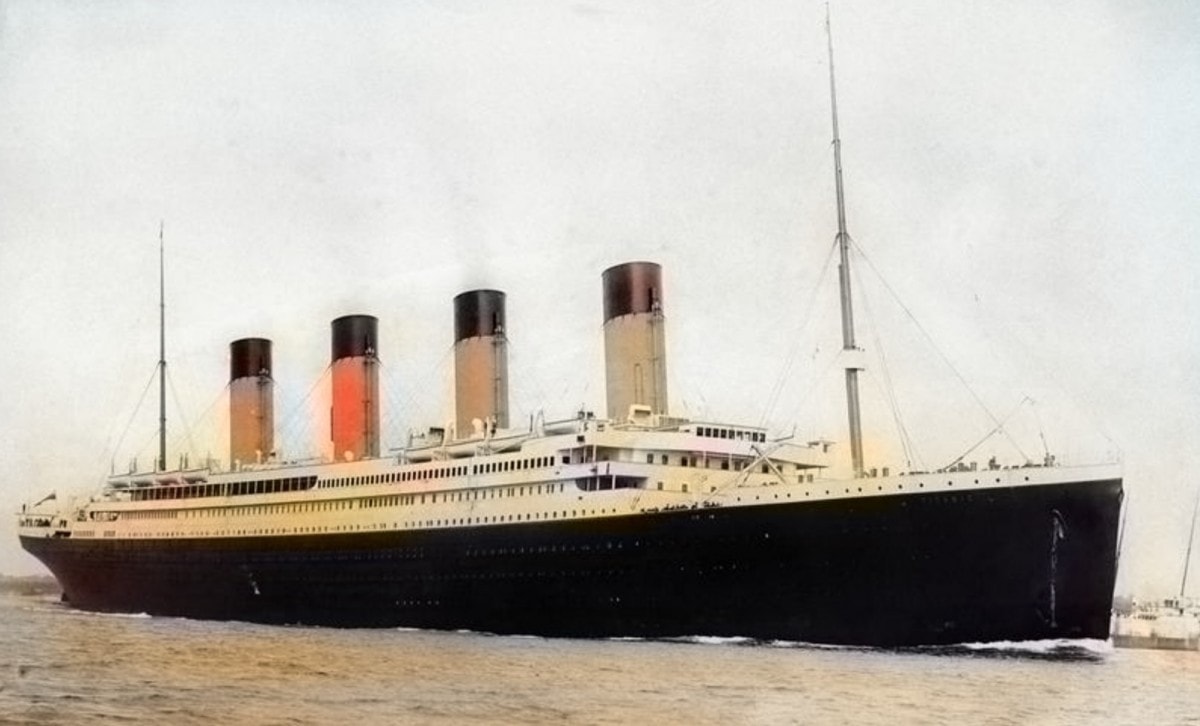
Was The Titanic Sailing Too Fast?
At the time of the accident, the Titanic was sailing at 22 knots (25 MPH) which many historians believe was too fast given the knowledge of icebergs in the area. It is likely that Captain Edward Smith was worried about arriving late into New York, which is why he chose not to slow down despite warnings.
When crossing the Atlantic, it isn’t uncommon for a ship to want to sail as fast as they can when the weather is good. Fog is very common on the Atlantic and if a ship is able to make up some time early in the journey, this means that it has some leeway should it later encounter bad weather and have to slow down.
As this was the ship’s maiden voyage, there would be a lot of bad publicity if the ship arrived late.
There were some accounts at the time that said that the Titanic was trying to beat some sort of speed record, but this has since been dismissed.
Olympic and Titanic were sold on their luxury fittings rather than their speed. But despite this, they needed to maintain a timely schedule so the ship was traveling at her usual service speed to maintain that schedule.
“Neither that night nor that voyage, were we out for any records”
Charles Herbert Lightoller – source.
| Titanic Speed on The Night of The Sinking | Titanic Maximum Speed | Modern Cruise Ship Maximum Speed |
| 22 Knots (25 MPH) | 24 Knots (27 MPH) | 30 Knots (35 MPH) |
Although shipbuilding has changed a lot since the Titanic set sail, modern cruise ships only sail slightly faster than the Titanic. The Titanic however did have a different function to the majority of modern cruise ships.
The Titanic was an ocean liner who’s purpose was to take guests from A to B, modern cruise ships don’t have the same purpose, instead placing emphasis on the onboard experience.
To learn more about the differences between ocean liners and cruise ships, including why we no longer build ocean liners, check out this post: Cruise Ships vs Ocean Liners – The Truth About How They Compare
Why Did They Think The Titanic Couldn’t Sink?
When the Titanic set sail in 1912, many people thought that she was unsinkable, due in part to the way that her design featured watertight compartments. The ‘unsinkable’ idea was promoted further by newspapers and magazines of the time.
The captain of the Titanic, 62 year old Edward Smith, had previously been the captain of Titanic’s sister ship, the Olympic. He had fourty years experience working at sea.

The Olympic previously had a collision with a war ship and managed to sail to port without too much difficulty. This may have reinforced the ‘unsinkable’ idea and meant that the crew onboard the Titanic weren’t worried about the risk of a collision.
Due to overconfidence, there were no safety drills on board the ship before she sank.
A safety drill was scheduled for for 14th but was replaced by a church service.
On all modern cruise ships, every guest must complete a safety drill on the first day of their voyage but this didn’t happen on the Titanic, so the passengers didn’t know where to go, or what to do in the case of an emergency. More passengers may have been saved if there were proper emergency procedures in place.
Why Didn’t The Titanic Have Enough Life Boats?
In 1912 there were no laws stating that a ship had to be equipped with enough lifeboats for every guest. Titanic had enough space on the decks to carry enough lifeboats for each guest but the designers of the ship felt as though the lifeboats were unnecessary and were unsightly.
| Titanic Total Capacity | Titanic Lifeboats | Titanic Lifeboat Capacity | Number of People Saved in Lifeboats |
| 3320 | 20 | 1178 | 705 |
The Titanic had a total capacity of 3320, she had 20 lifeboats onboard which were enough to hold 1178 people. In reality only 705 people were actually saved in lifeboats.

Thankfully there are now laws that mean that cruise ships have to have space in the lifeboats for every guest and plenty extra in case of any damage to the lifeboats.
Due in part to overconfidence by guests, the first lifeboats to leave the Titanic were not full. Many guests thought it would be safer to stay on the ‘unsinkable’ ship.
“The people on the boat never realized that the boat would sink, and not many people took the opportunity of going into the lifeboat. They thought it was a greater risk leaving the ship”.
TITANIC SURVIVOR – SOURCE.
The Titanic Was Already on Fire When She Left Southampton
In the days leading up to the sinking of the Titanic, there was a fire in the coal bunker in boiler room five. This fire was burning from the time that the ship left Southampton on April 10th until the day before the sinking, reportedly caused by spontaneous combustion.
According to fireman Frederick Barrett and Charles Hendrickson, it wasn’t until the ship had departed Southampton that they began to dig out the coal.
Fires in the coal bunkers were not abnormal.
The ‘Ships Rules and Uniform Regulations’ were in effect at the time and they said that:
The respective senior engineers of each watch, before going off duty, must go through the coal bunkers, and note their condition on the log-slate, and should there be any signs of spontaneous combustion taking place, they are at once to report same to the Chief Engineer, who is immediately to notify the Commander.
Ships Rules and Uniform Regulations – source.
The bunker was three stories high and was emptied on the 13th of April. When the bunker was emptied the, firemen on board said that they could see how the watertight bulkhead that ran along the side of the bunker had been warped by the fire.
The ignition point of coal is around 400c (750f) so the temperature within the coal bunker would have been at least this high.
“You could see where it had been red hot; all the paint and everything was off. It was dented a bit…yes, warped…
Charles Hendrickson (fireman)
The watertight bunkers were designed to keep water in one area should the ship have an accident. Some accounts say that the weakened bulkhead was already leaking water before the collision.
There were rumours that the fire had been going since the ship left Belfast but in reality this probably wasn’t the case. The Titanic had 1880 tons of coal from Belfast and another 4427 tons were loaded in Southampton. Most historians agree that the crew wouldn’t have added more coal to an already smoldering bunker. The more likely situation is that the fire started in Southampton.
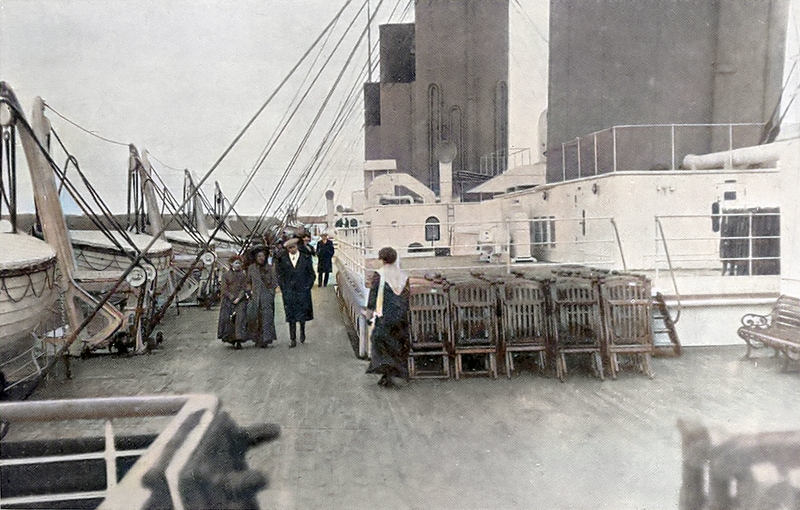
The Titanic Ignored Ice Warnings From Other Ships
A number of ice warnings came in from other ships in the area during the day and these were told to the captain who acted accordingly. The ship was still travelling at 22 knots.
“As none of these bergs reported lay on our course, well they didn’t directly concern us.”
CHARLES HERBERT LIGHTOLLER – SOURCE.
In the evening a message came from the SS Mesaba who was sailing ahead of the Titanic. The message warned that the new route that Titanic was on would take her through an area full of dense ice.
This message was never relayed to the captain.
If the message was passed to the captain, officer Charles Lightoller stated that the ship would have slowed down considerably and possibly even stopped.
An hour later at 10.30 pm, another warning came in from the Californian. The Californian had stopped sailing as she was surrounded by ice and didn’t feel it was safe to continue.
The radio operators working on the Titanic were busy at the time and sent back a message to the Californian telling them that they were busy and couldn’t take their messages.
The Californian stopped communicating at this point.
Why Did Titanic Not See The Iceberg?
The lookouts on the Titanic didn’t see the Iceberg due to still weather conditions and a moonless night. The Titanic had two lookouts who were located in the crows nest, 29 meters about the deck, neither of which had binoculars.
On the night of the accident there were two lookouts, Frederick Fleet and Reginald Lee, who’s job it was to look for any danger.
It was a calm night and as a result, the water was incredibly still if it had been a rougher night the lookouts may have spotted waves breaking at the bottom of the iceberg.
“It was as smooth as the proverbial millpond. In any other circumstances, those conditions would have been ideal but those very conditions and the moonless night only render the detection of icebergs all the more difficult.”
CHARLES HERBERT LIGHTOLLER – SOURCE.
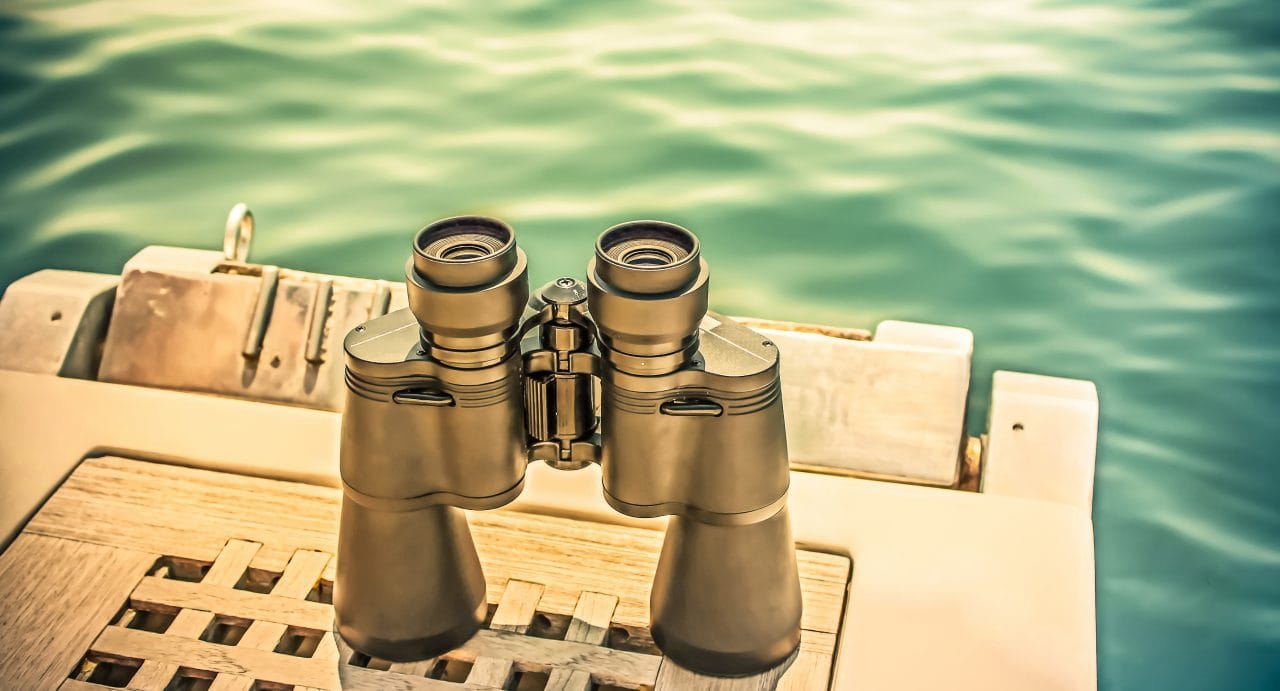
The second officer David Blair had the key to the binoculars storage box. David was transferred off the ship before it set sail across the Atlantic, he forgot that he had the key so didn’t pass it over.
This meant that the look outs didn’t have binoculars, this may have helped them to spot the iceberg sooner.
The iceberg wasn’t spotted until 11.40 PM. It’s estimated that with modern radar technology the iceberg could have been spotted 80 miles away.
Many people imagine that when the Titanic hit the iceberg that the passengers felt a large crash. That wasn’t the case, some passengers didn’t notice at all.
“It was a very slight bump, just a little jar, nothing at all. We thought nothing of it, we picked up the ice and most of us played snowballs.”
Titanic survivor – source.
Why Did Titanic Not Turn Quickly Enough?
After spotting the iceberg, William Murdoch gave the order to stop the engines and to make a hard left turn. Due to the size and speed of the Titanic it was not able to avoid the iceberg.
Some historians suspect that if the order hadn’t been given to stop the engines, the Titanic may have been able to swing around and out of the way of the iceberg.
“Murdoch (officer of the watch) shouted “Hard-a-starboard, full speed astern.” His idea was to swing her bow clear and then put the helm hard over the other way and so swing her stern clear. Going at that speed it was too late.”
CHARLES HERBERT LIGHTOLLER – SOURCE.
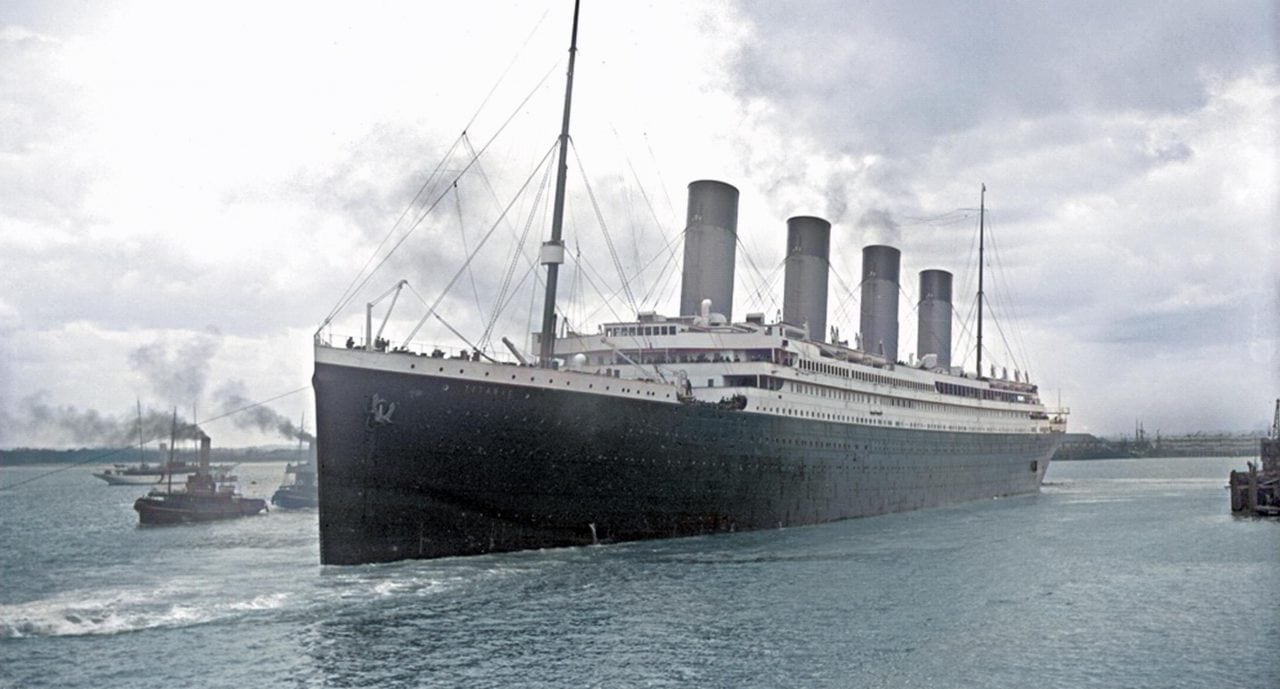
When the engines stopped this meant that the propellers stopped and the rudders wouldn’t have had water pushing over them. Perhaps if this had continued instead of stopping (just for a few seconds) this would have been enough to move the ship out of harm’s way or to at least minimize the damage.
Even after hitting the iceberg, the crew of the Titanic told guests that there was nothing to worry about.
*After hitting the iceberg* – I asked one of the officers if there was any danger, he said no and I went back to bed.
TITANIC SURVIVOR – SOURCE.
There are many theories that if the Titanic hit the iceberg straight on, the damage would have been less. The SS Kronprinz Wilhelm hit an iceberg head on in 1907 and managed to sail to her destination with a crushed bow.
There are some rumours that helmsman Robert Hichens mistakenly turned the ship the wrong way in a panic, although this was never confirmed.
The Titanic’s Rivets May Have Been of Poor Quality and May Have Accelerated The Sinking
It took 3 years to build the Titanic and cost over $7.5 million. It’s estimated that 3 million rivets were used in the building of the Titanic. The rivets were used to seal two pieces of metal together.
| Construction Cost (At The Time) | Cost (Adjusted for Inflation) | Cost to Build a Modern Cruise Ship |
| $7.5 Million | $200 Million | $500 Million – $1 Billion |
The rivets used to seal together each sheet of metal in the building of the Titanic were not always of great quality.
The best material to use for rivets is Steel but Iron had to be used in a number of places.
Riveting machines could not be used in many areas of the ships, so the ship had to have rivets inserted manually. This meant inserting the rivet through the two pieces of metal and hammering down the top, this sealed the two pieces of metal together.
The Iron used in the rivets was prone to break at low temperatures this effect was even worse. Sailing through the icy waters of the Atlantic the hull of the ship would have been very cold.
When the Titanic hit the iceberg many of the rivets holding together the ship failed.
Many historians believe that the rivet quality didn’t affect the Titanics sinking. Olympic was build in the same way and never had any issues during her long career.
The Guests of The Titanic Opened Their Portholes
When the Titanic first hit the iceberg many curious passengers opened the porthole windows to have a look.
On modern cruise ships the porthole or oceanview windows in cabins do not open but back in 1912 they did.
This likely caused the Titanic to sink faster as when the passenger decks dipped below the water line, water flooded into the ship. The majority of passengers by this point were already up on the top decks.
This is just one of the differences between Titanic’s design and that of modern cruise ships, to learn how modern cruise ships compare to the Titanic, check out this post:
The Bulkheads on Titanic Were Short
The bulkheads on the Titanic which stood up from the bottom of the ship didn’t reach the passenger decks because they were too short.
This meant that in the rest of the ship above the bulkheads water could just flow over, there were no truly watertight compartments.
“I was standing there talking to 2 or 3 fellows and a carpenter came along, I heard him say ‘the mailroom’s full of water. I said ‘what about those bulkhead doors?’ and he said they’re not holding”
TITANIC SURVIVOR – SOURCE.
The ship was split into 16 compartments and if 4 were flooded it was said that the ship would still float. 6 were damaged during the accident.
On the diagram below the bulkheads are show on the bottom of the ship.
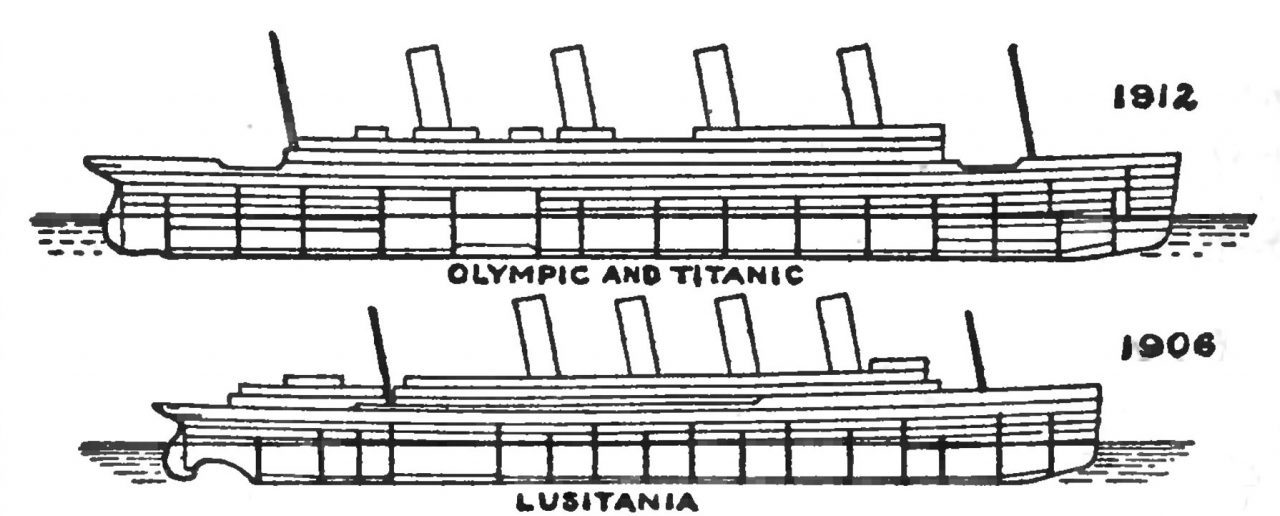
Distress Calls From The Titanic Were Ignored
Sometime after the ship hit the iceberg, distress signals were sent from the Titanic. This didn’t happen until gone midnight.
The Carpathia responded but she was over 3 hours from the Titanic.
It was 21-year-old Harold Cottam, the radio operator on board the Carpathia, that was about to turn in for the night who fortunately heard the distress calls coming from the Titanic. SOURCE.
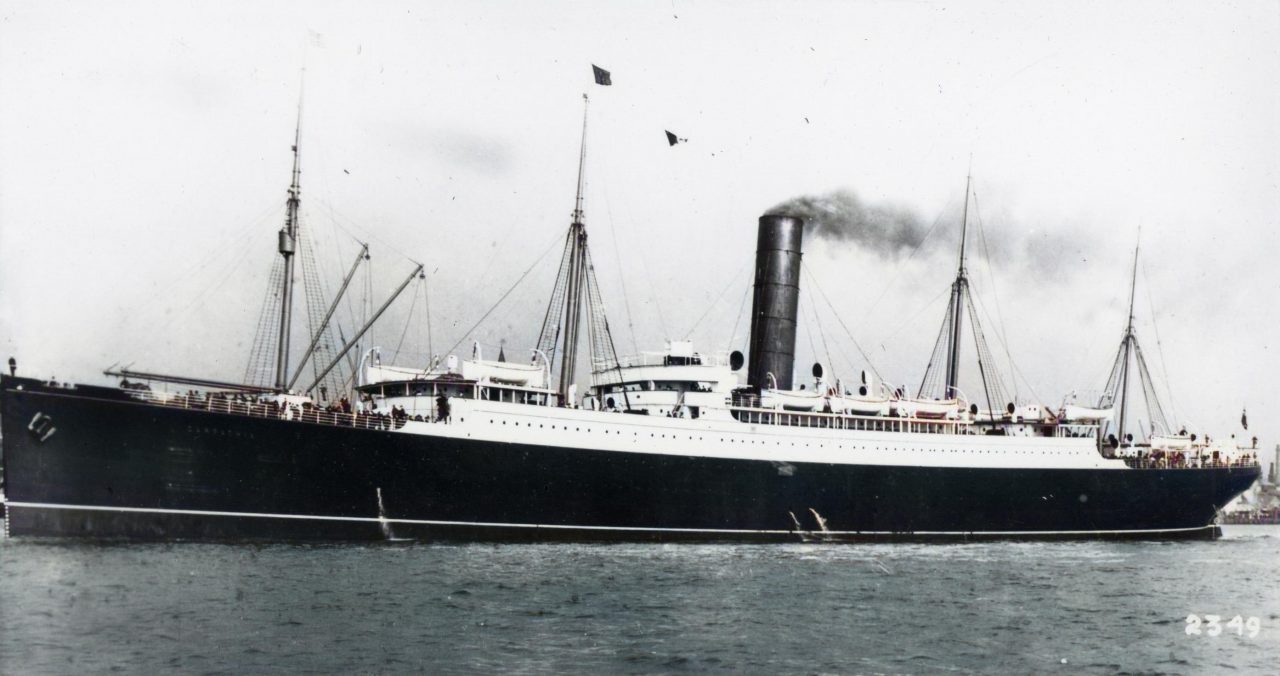
The Californian was nearby but did not respond to the Titanic’s signals as the radio operator had gone to bed.
“The reason why she didn’t answer our wireless calls, was because she only carried one wireless operator and when we struck the iceberg, he’d just gone off watch. So, it was no fault of his.”
CHARLES HERBERT LIGHTOLLER – SOURCE.
Since the sinking of the Titanic, it has become law that all ships must have 24-hour radio watch to prevent similar incidents happening again.
It is possible that if the Californian and Titanic would have remained in contact and the Californian could have come to the aid of the Titanic sooner than it did.
The Californian did eventually come to the aid of the Titanic but by this time almost all passengers already in the water would have been dead. If they had arrived earlier they may have been able to save more passengers.
The Alarm Wasn’t Sounded by The Titanic
At no point was an emergency alarm sounded across the ship. No lifeboat drill had been completed, so many passengers were simply unaware of the danger until it was too late.
Many of the crew members who were operating the lifeboats hadn’t completed this before, meaning that the lowering of the lifeboats was often dangerous and less than efficient.
Many passengers had to jump from the Titanic into lifeboats.
If the alarm had been sounded it’s possible that more passengers would have been saved.
The fact that the first few lifeboats were not at full capacity when launched shows just how confident the passengers and crew were that the Titanic would not sink.
The Lights Were One of The Last Things To Go Out
The technology onboard the Titanic was incredible for the time. She had backup generators that kept the lights on as the ship sank until the last few moments.
The onboard engineers stayed at their posts until the very end to man the electrical systems. They helped save hundreds of lives but all of them perished.
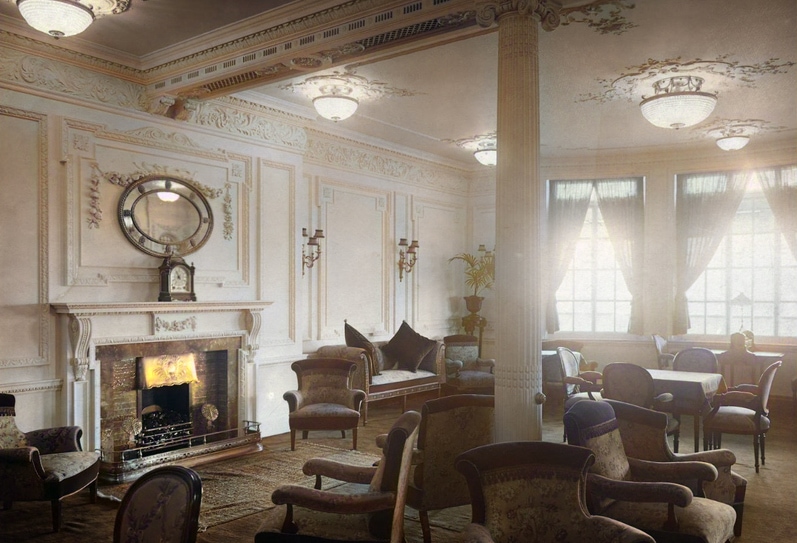
To learn more about the Electricity onboard the Titanic, including how they made it and what they used it for, check out this post: The Titanic and Electricity – How Did They Generate it and What Was it For?
If you’d like to learn more about the Titanic, check out this fabulous video from Chris Frame:

Free Insiders Cruise Line Guide
Ever wondered how the mainstream cruise lines compare? Cruise lines won’t tell you this, but I will.
This FREE guide shows you everything you need to know to find your perfect cruise line.
Whenever I take a cruise I order a print of my trip. It uses the real satellite data from the cruise and is always a great conversation starter!
I'm building an impressive collection...
Code EMMACRUISES will get you 10% off

